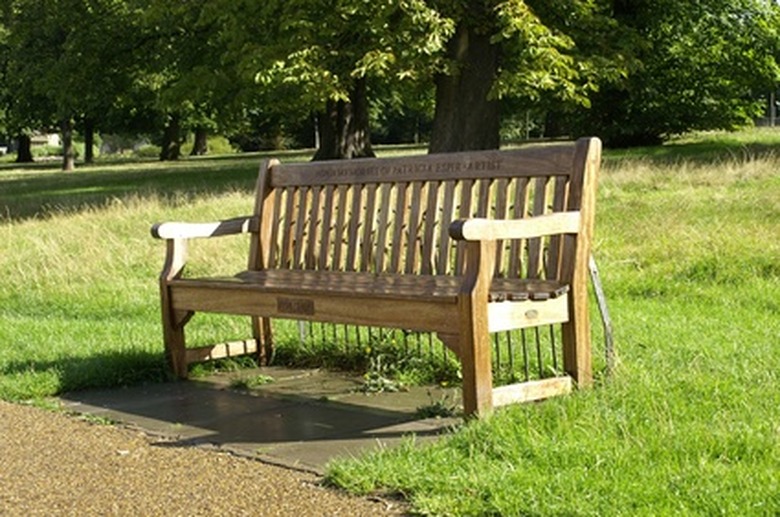Zoysia Vs. Centipede Grass
Both well-suited for sandy soils and moderately dry climates, zoysia and centipede grasses have advantages that make one more suitable for some purposes than the other. In the United States, zoysia is usually grown in the South, while centipede thrives in the coastal areas of the southwestern states. Learn to discern between zoysia and centipede in order to choose the right lawn grass for your growing environment.
Identification
Zoysia and centipede are both warm-season grasses, which means they grow the most in the warm summer months. Both zoysia and centipede have coarse-textured leaves. Zoysia grass leaves are silky to the touch with some thin, hairlike figures protruding, especially near the bottom of the leaf. Centipede has few hairs on the leaves, but the bottom of its flowering stalk may show more hairy tufts.
- Both well-suited for sandy soils and moderately dry climates, zoysia and centipede grasses have advantages that make one more suitable for some purposes than the other.
- Zoysia and centipede are both warm-season grasses, which means they grow the most in the warm summer months.
Propagation
Centipede grass reproduces using stolons and by seed. Stolons are above-ground stems that shoot off and produce new plants in the nearby ground. Zoysia grasses propagate using stolons and rhizomes. Rhizomes are below-ground reproductive shoots like stolons. Some varieties of zoysia produce seeds.
Geography
Both centipede and zoysia originated in Southeast Asia and China, though Zoysia may also have come from Japan. Both grasses were brought to the United States in the early 1900s. Because of its place of origin, zoysia grass is sometimes known as Japanese lawn grass.
- Centipede grass reproduces using stolons and by seed.
Features
Though both grasses are slow-growing and cold- and drought-tolerant, Centipede does not bear a salty environment well. Areas near an ocean would better benefit from planting a zoysia lawn than a carpet of centipede grass. Both zoysia and centipede lawns thrive in a sunny environment, with little tolerance for shady areas.
Watering
While both centipede and zoysia tolerate periods of drought, zoysia is more long-term drought-tolerant in chronically dry areas than centipede. Centipede requires a minimum of 40 inches of annual rainfall to survive, but some zoysia grasses can go dormant to survive extended droughts as long as average rainfall is at least 1/2 inch per week.
